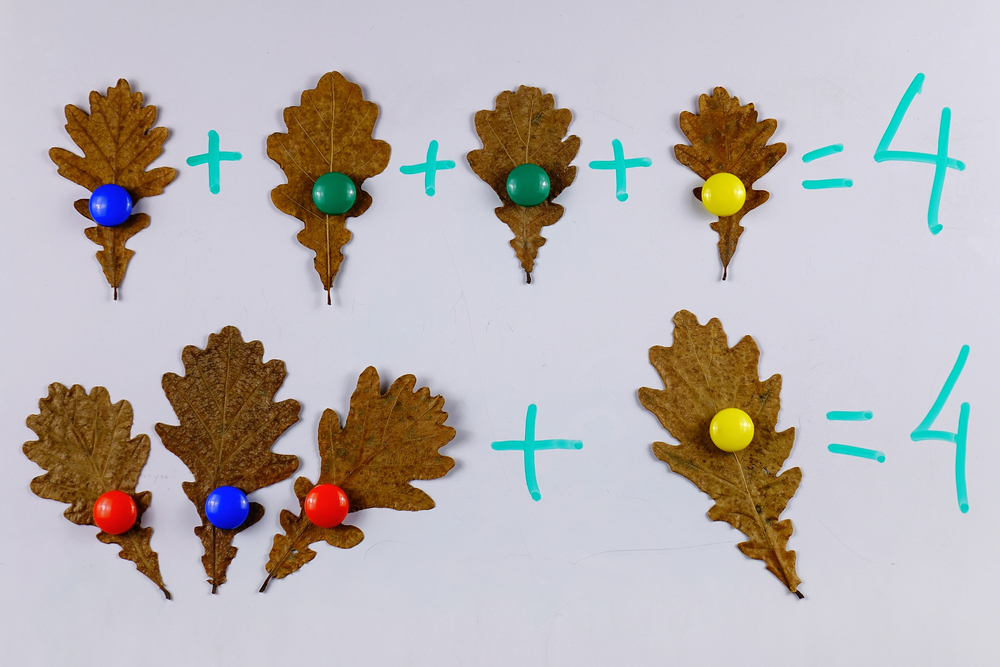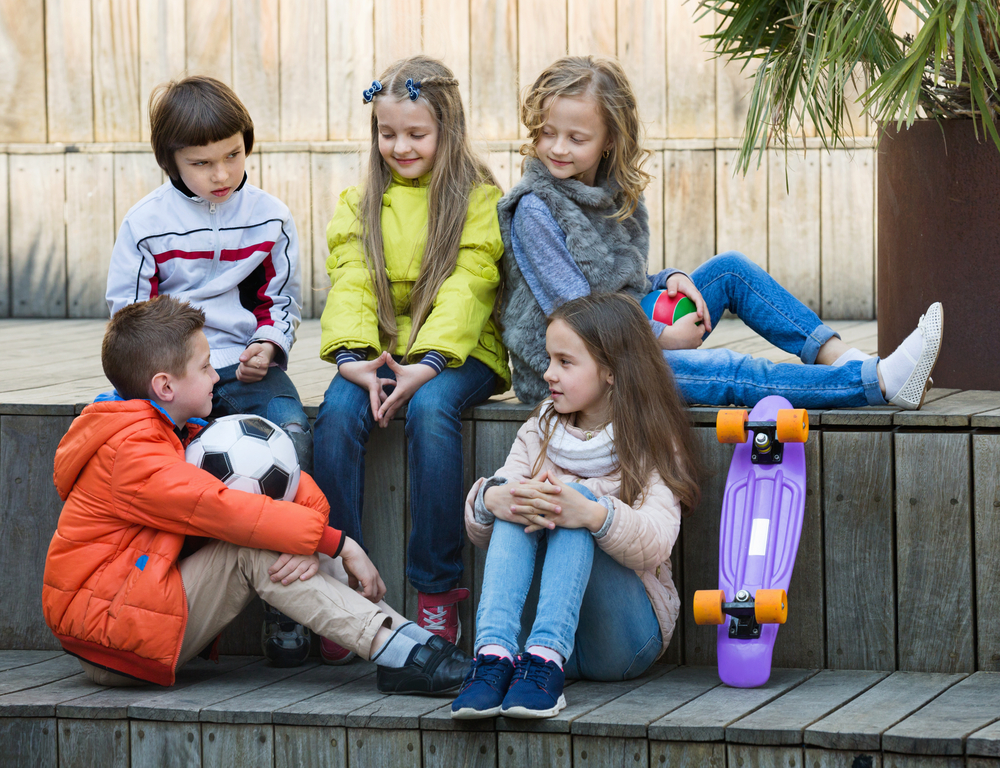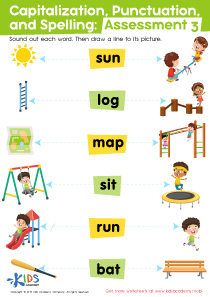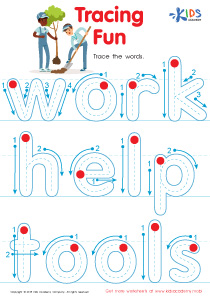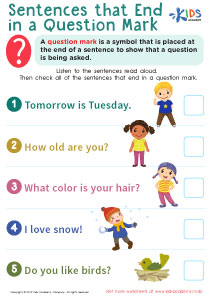Sentence structure Writing Worksheets for 4-Year-Olds
4 filtered results
-
From - To
Discover our engaging Sentence Structure Writing Worksheets designed specifically for 4-year-olds! These worksheets are perfect for young learners to develop their sentence-building skills in a fun and interactive way. With colorful illustrations and child-friendly prompts, children will explore the basics of crafting simple sentences, enhancing their vocabulary and creativity. Our resources help foster a love for writing while building crucial early literacy skills. Perfect for parents and educators, these printable worksheets can be utilized at home or in the classroom to encourage communication and expression. Start your child’s writing journey today with our easy-to-use, engaging materials!
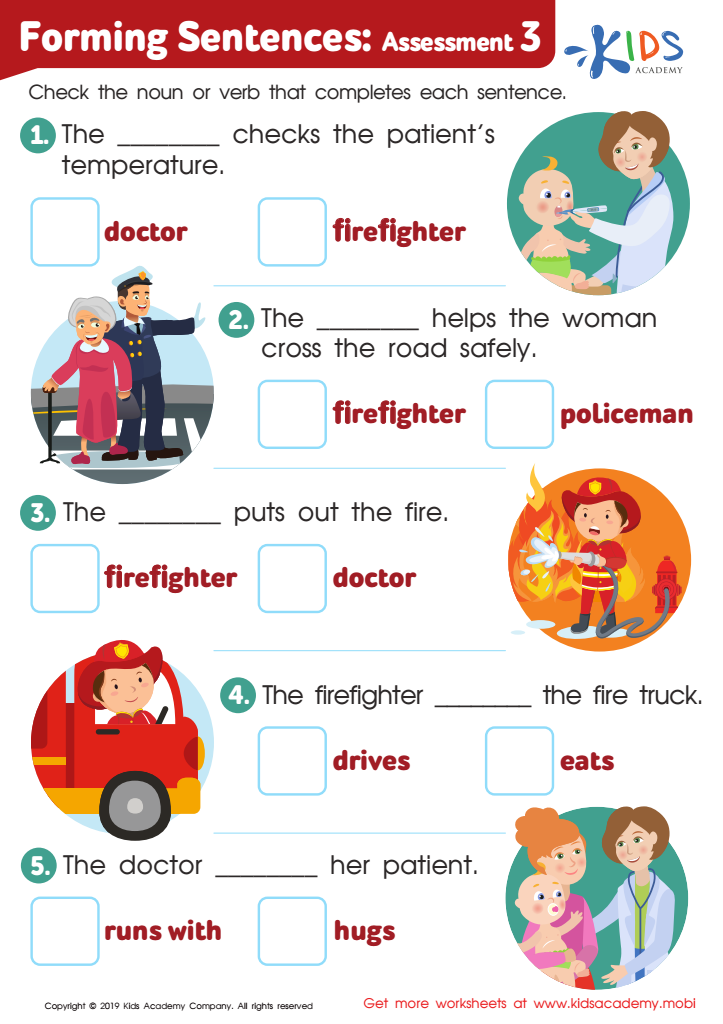

Forming Sentences: Assessment 3 Worksheet
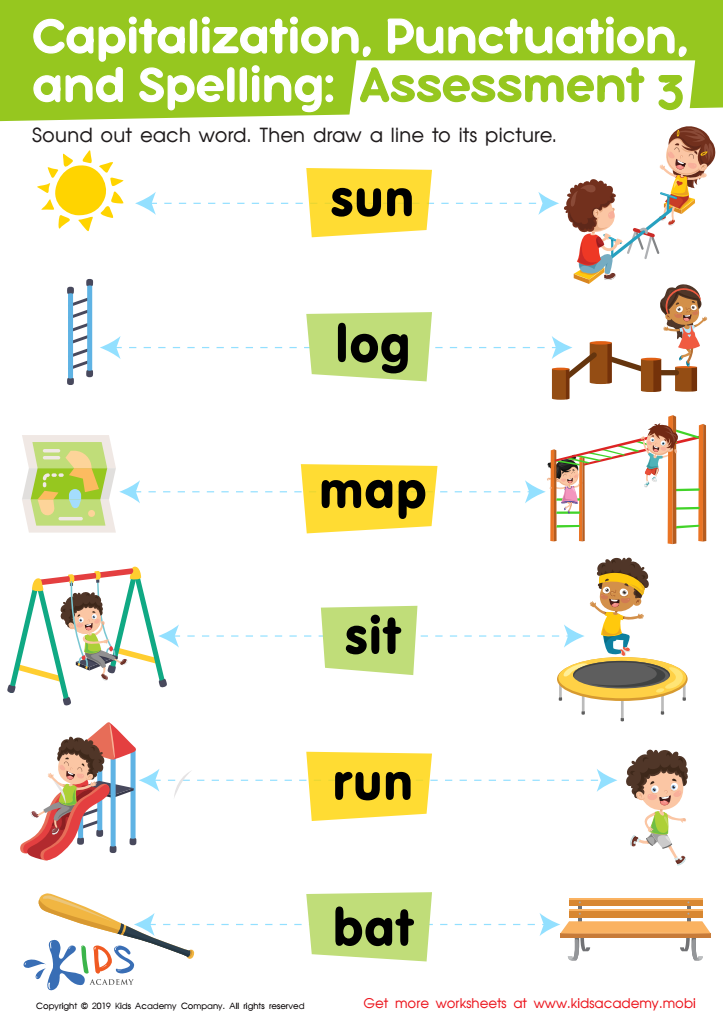

Capitalization. Punctuation. Spelling. Assessment 3 Worksheet
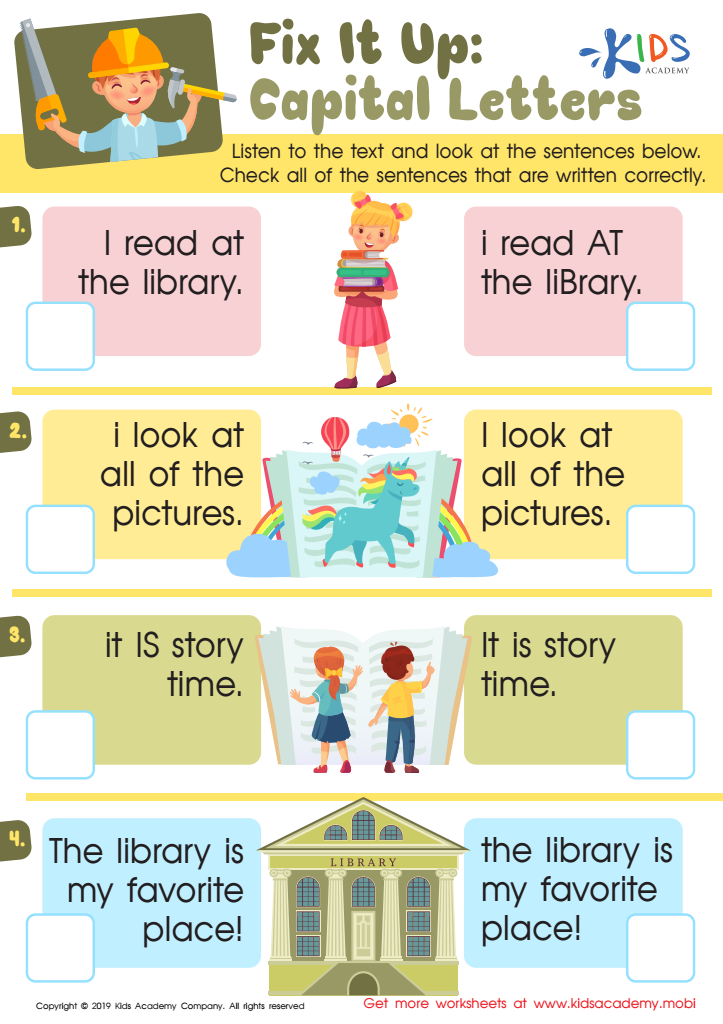

Fix Capital Letters Worksheet
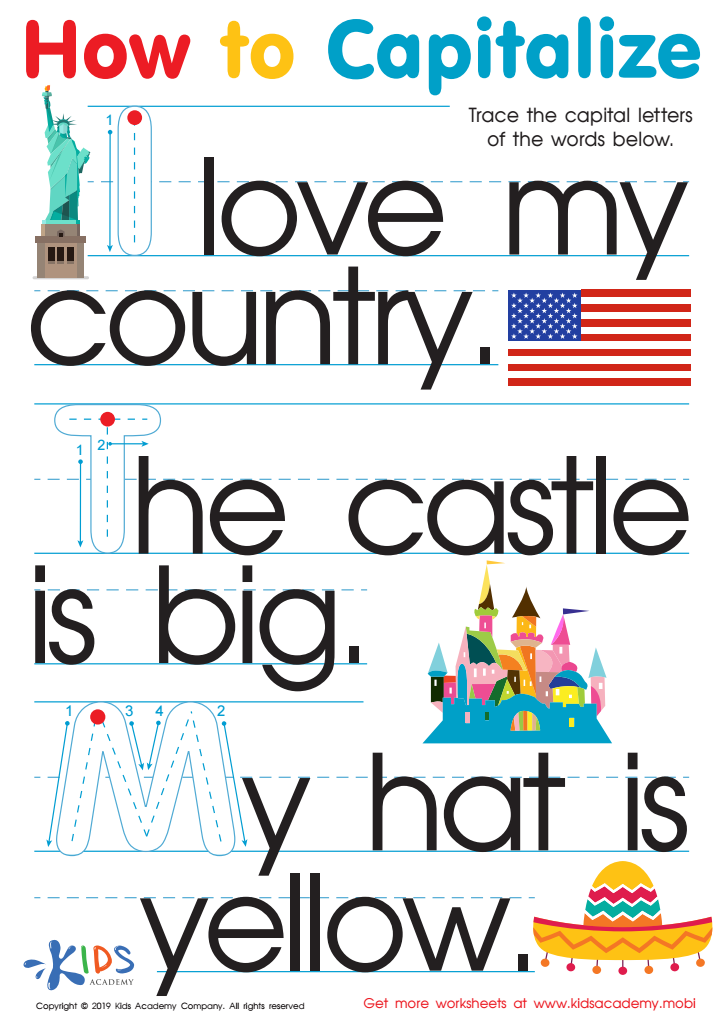

How to Capitalize Worksheet
Teaching sentence structure to 4-year-olds is crucial for several reasons. At this age, children's language skills are rapidly developing, and introducing them to simple sentence construction lays the foundation for effective communication. Understanding how sentences are formed helps children express their thoughts and ideas clearly, fostering self-confidence and encouraging interaction with peers.
Moreover, sentence structure is closely linked to cognitive development. Children learn to organize their thoughts logically, enhancing critical thinking skills. This foundational knowledge also positively impacts their literacy skills, as a strong grasp of sentence structure contributes to better reading and writing abilities in later years.
Parents and teachers should care about sentence structure as it cultivates a love for language and storytelling. Engaging activities that focus on building sentences can be fun, allowing children to participate actively in their learning. Additionally, early exposure to structured language aids in the development of vocabulary, making it easier for children to articulate their feelings and needs.
Ultimately, nurturing an understanding of sentence structure at this age equips children with essential communication tools, sets the stage for academic success, and supports social interactions, making it a vital area of focus in early education.
 Assign to My Students
Assign to My Students



